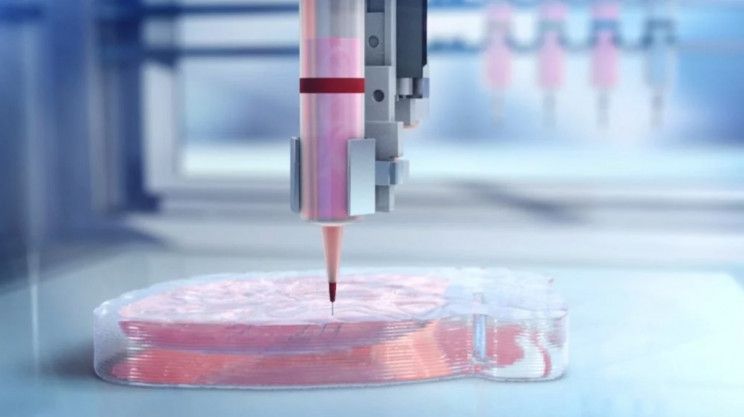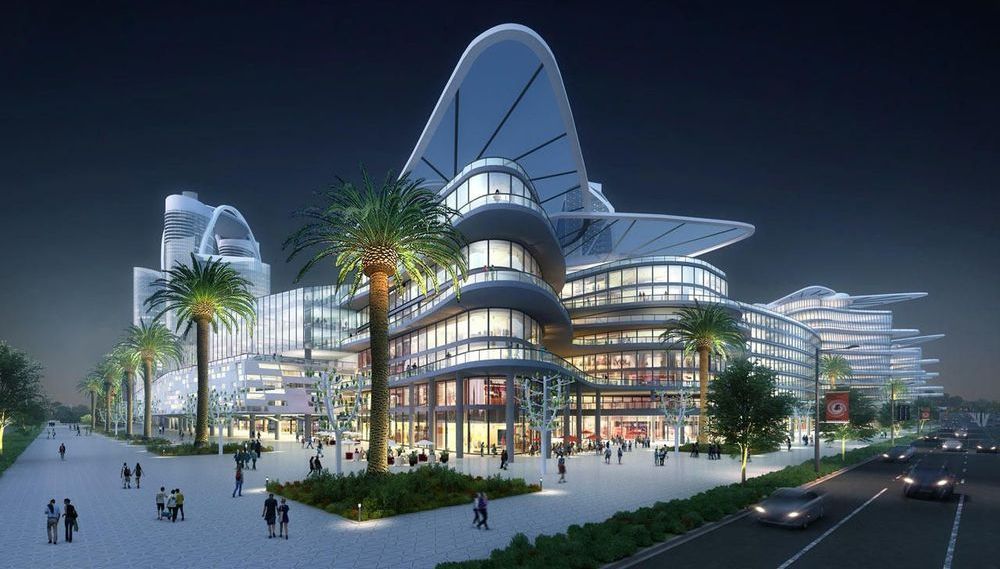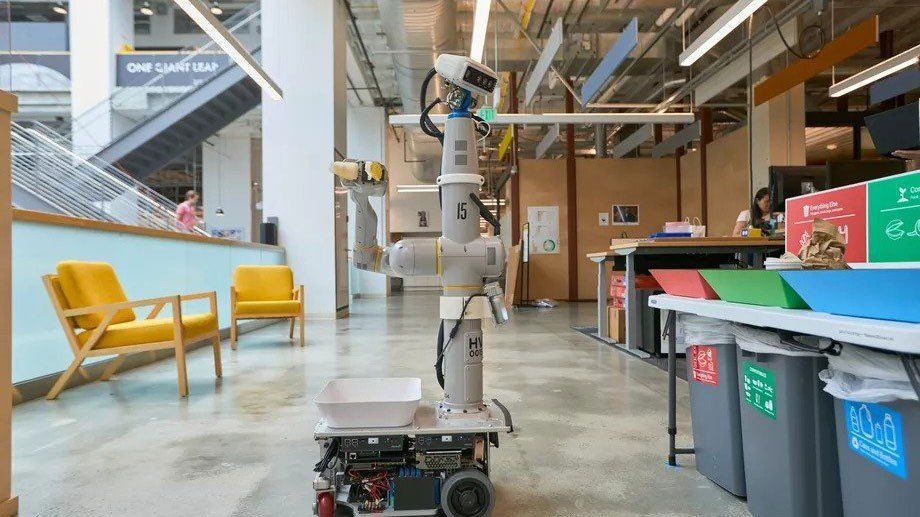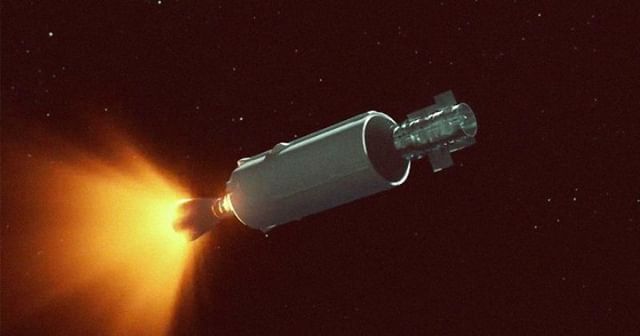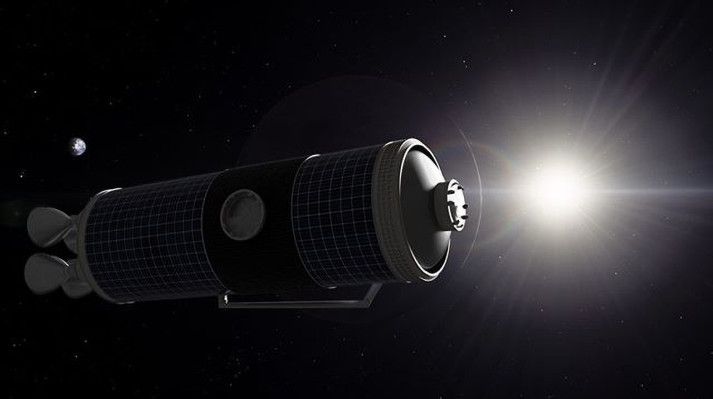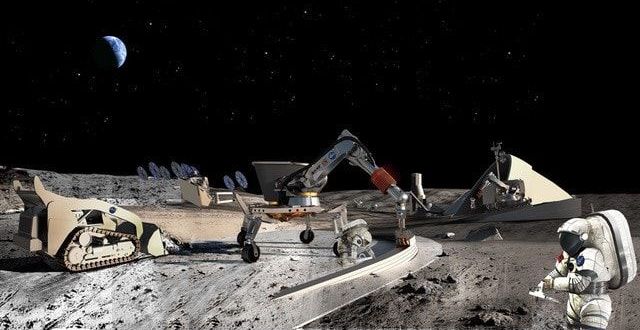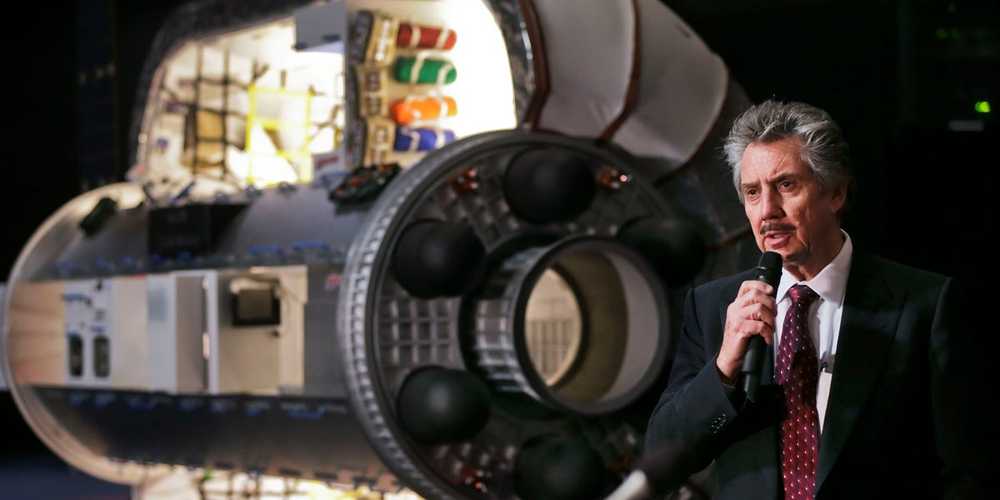3D printing technology is changing and will change pretty much everything. Besides printing the intermittent novelty project at home with a desktop printer, additive manufacturing or 3D printing technology is being used in a large group of businesses changing the manner in which we design, build, create, and even eat.
NASA is planning to use 3D printing technology to construct housing on Mars for future colonies while organizations like byFlow are using the emerging technology to create food and intricate edible tableware. The uses and applications appear to be both limitless and exciting, yet this is only the beginning. Things being what they are, what sort of changes can we expect to see in the medical industry?
